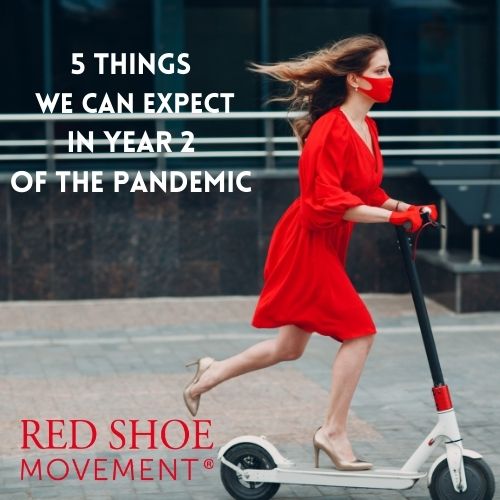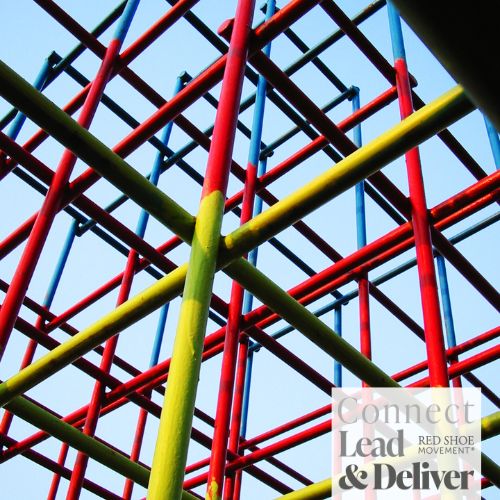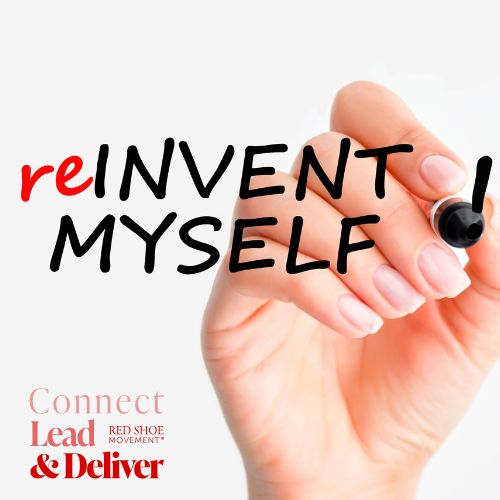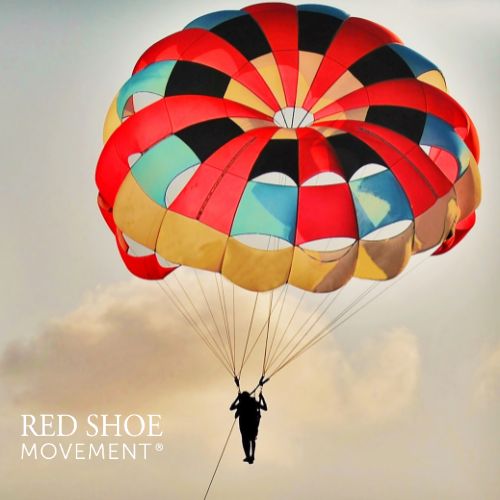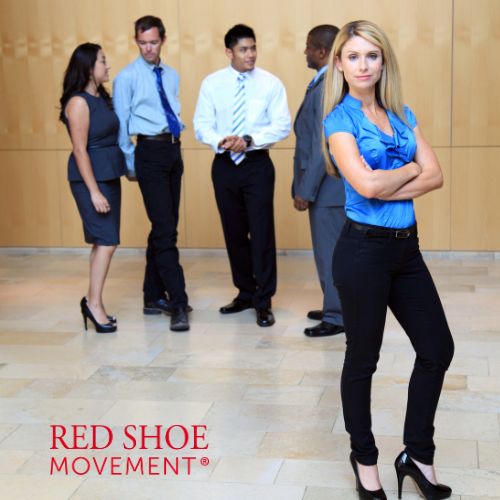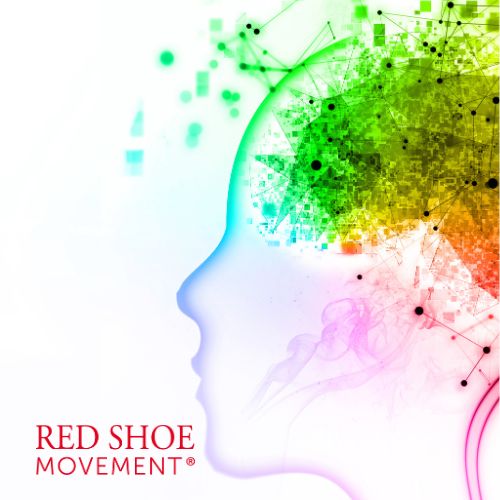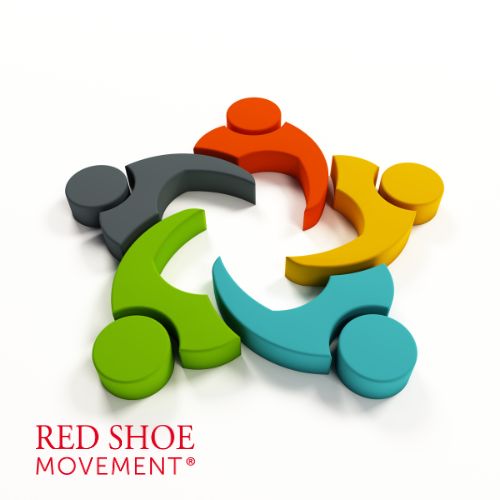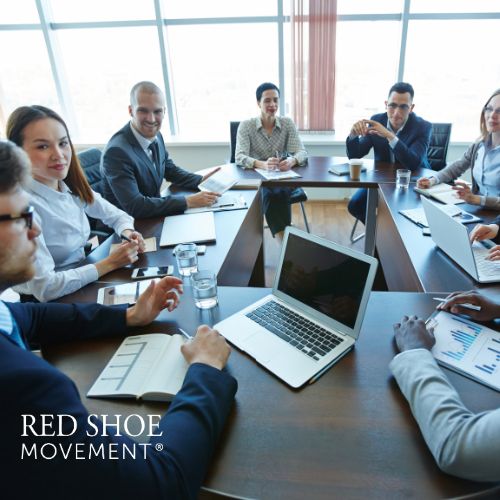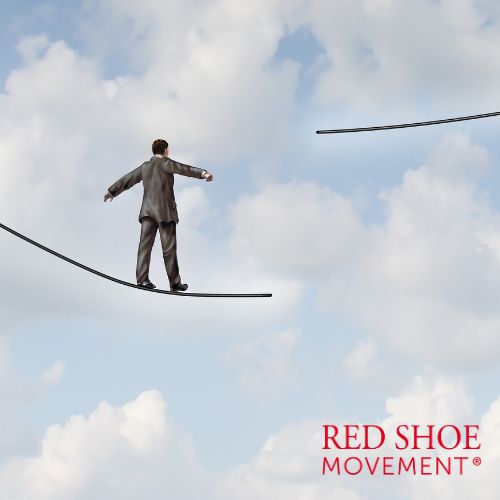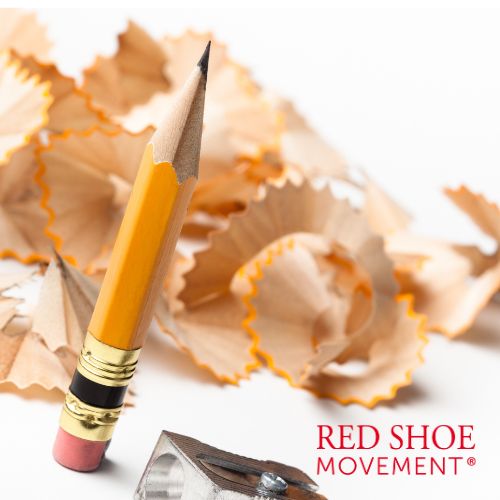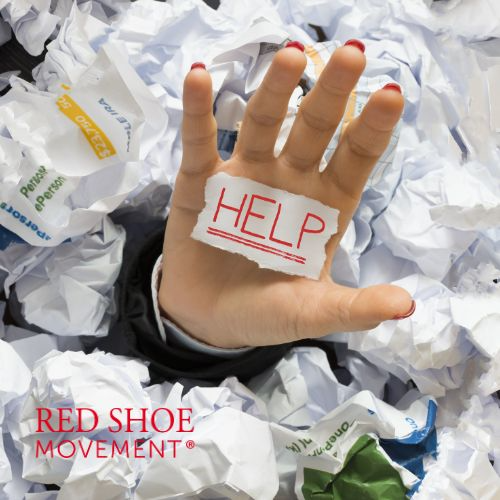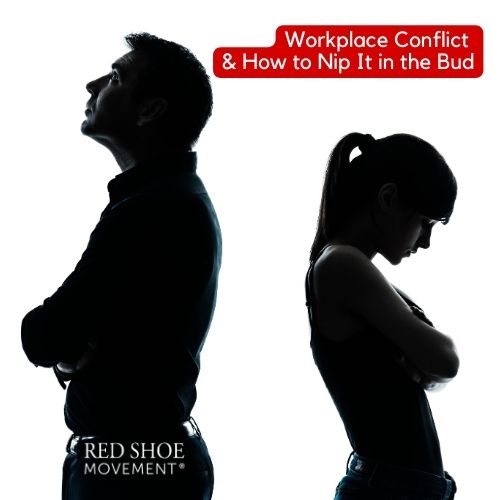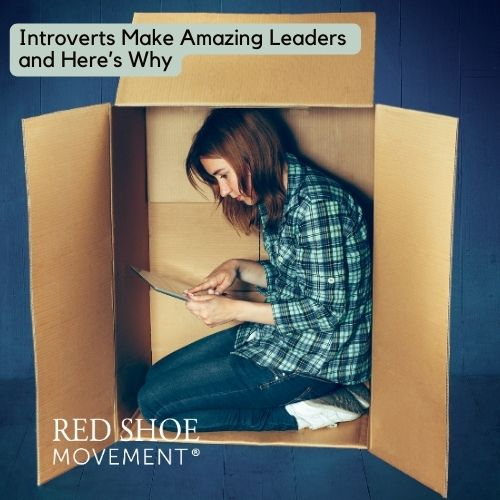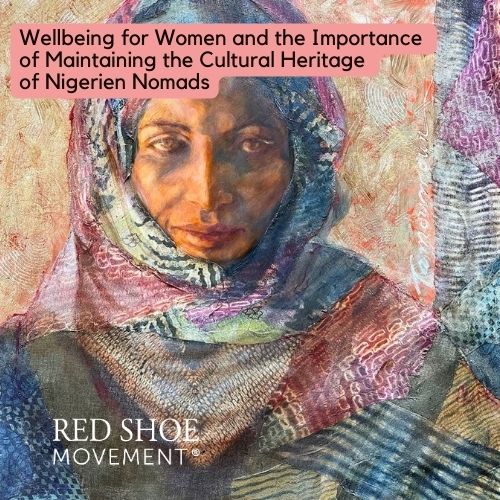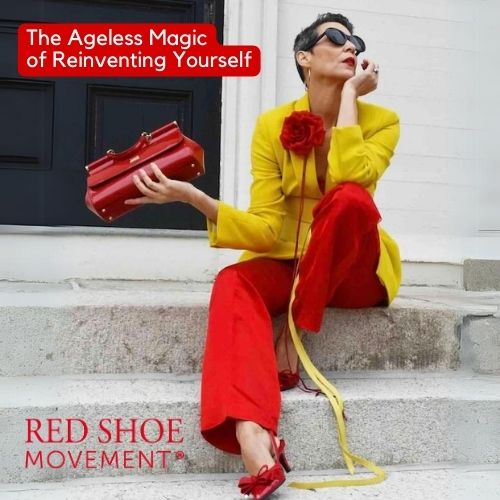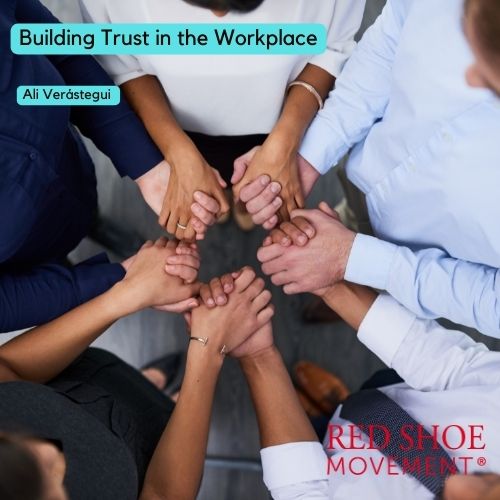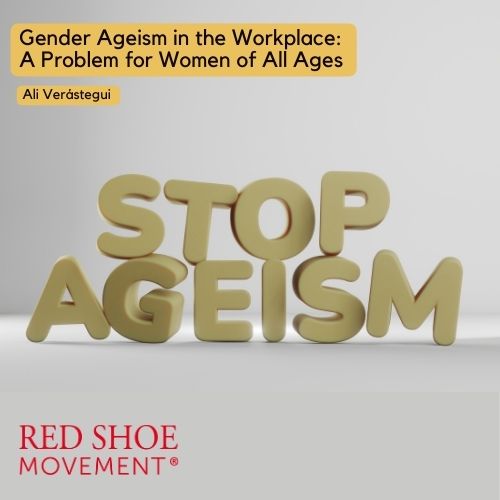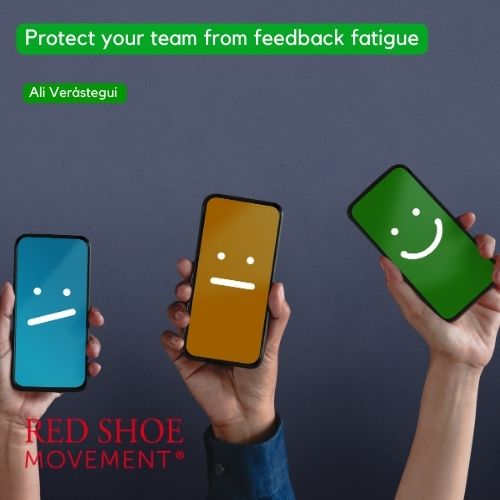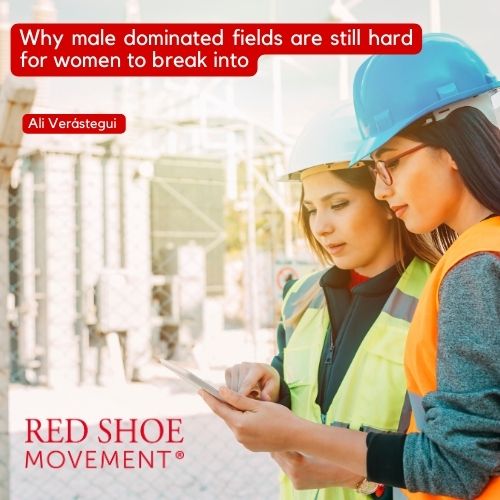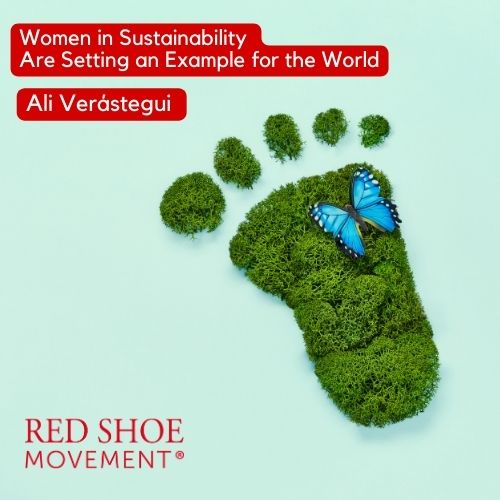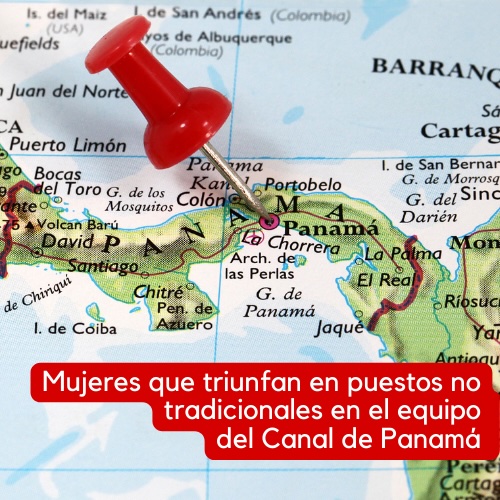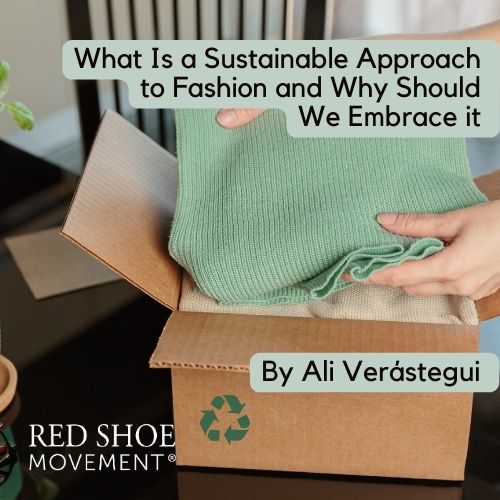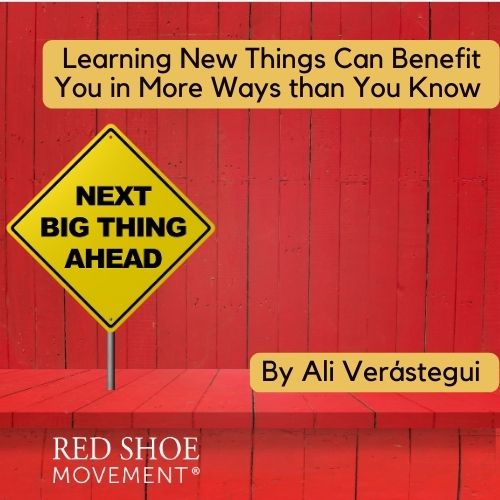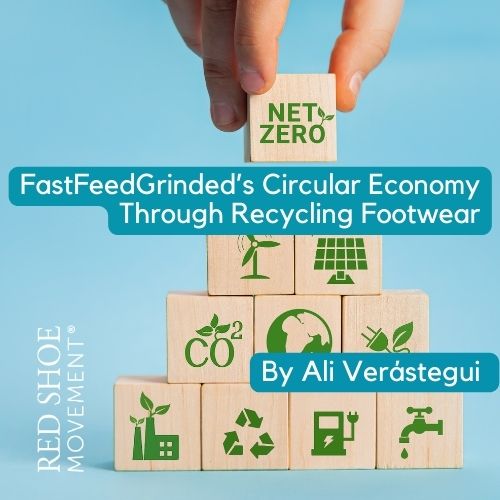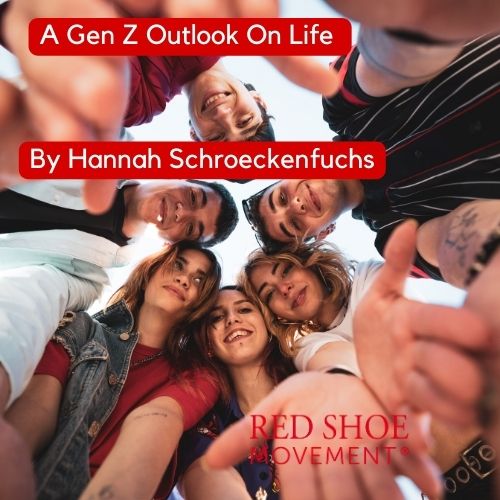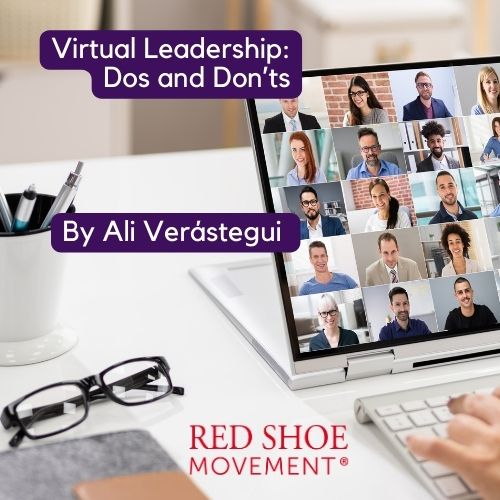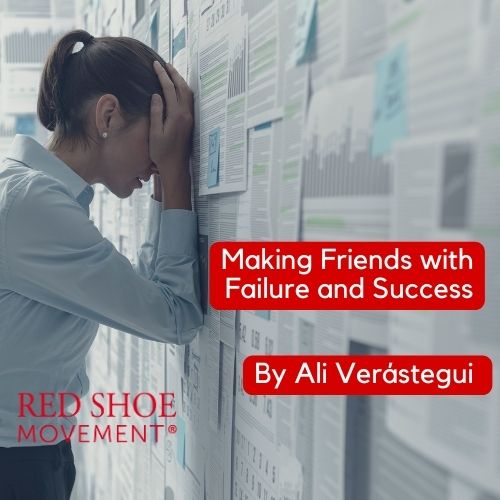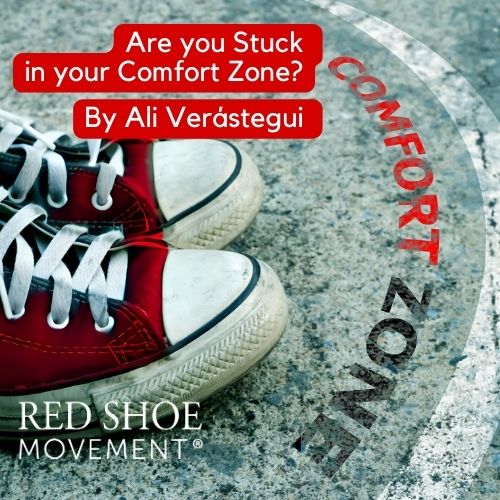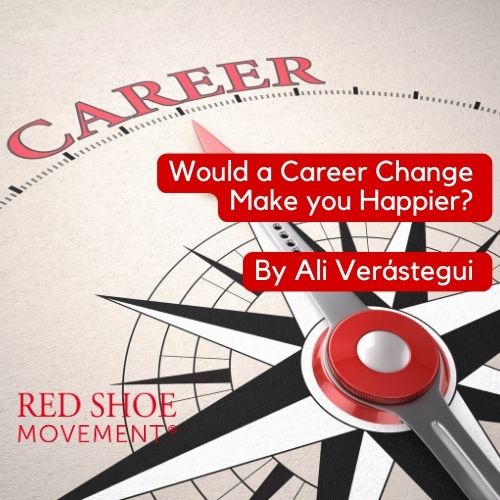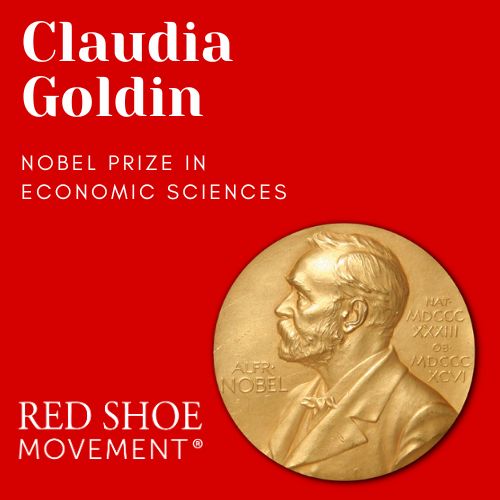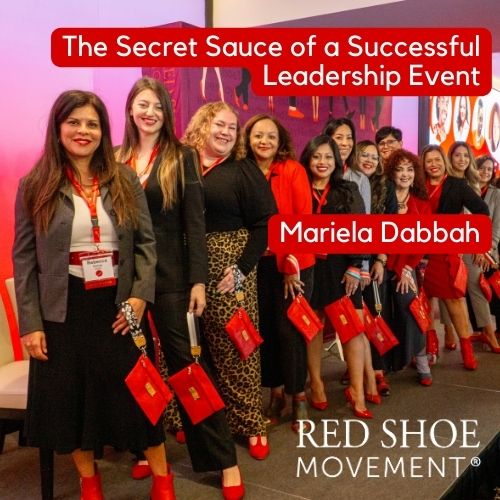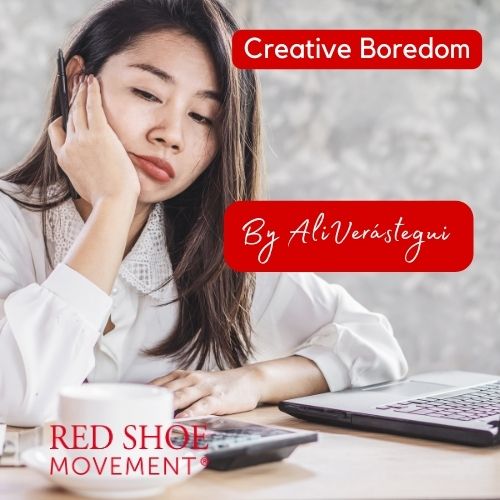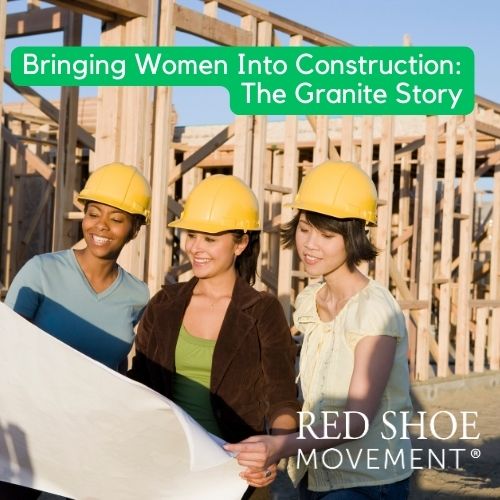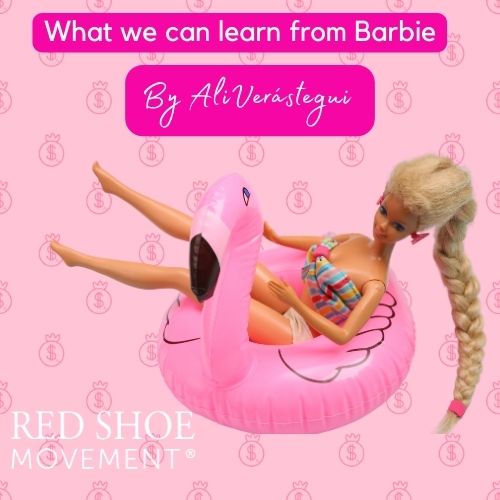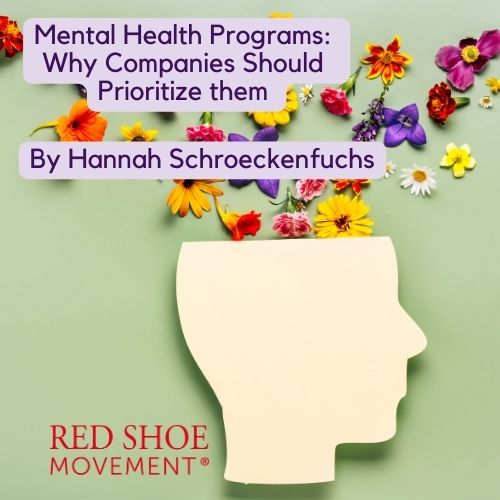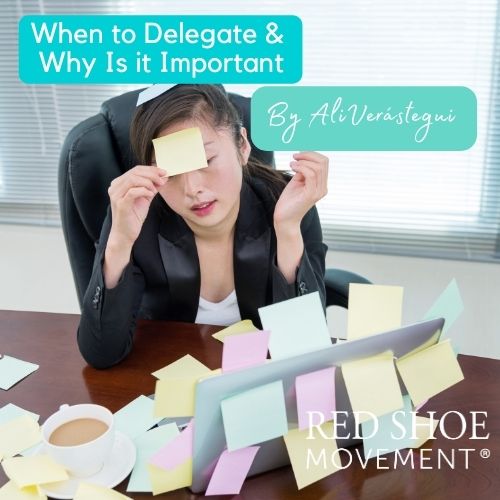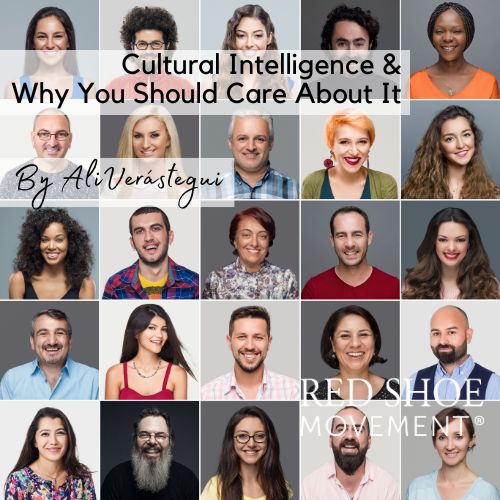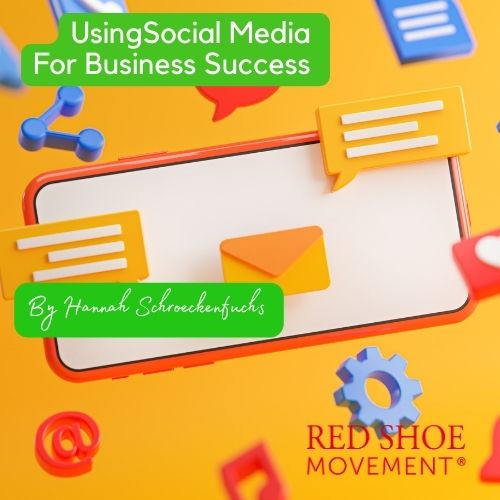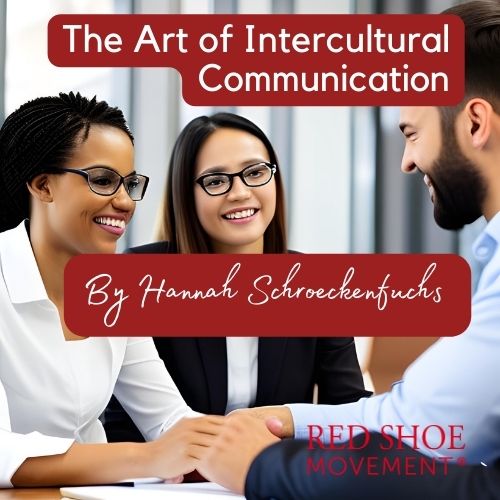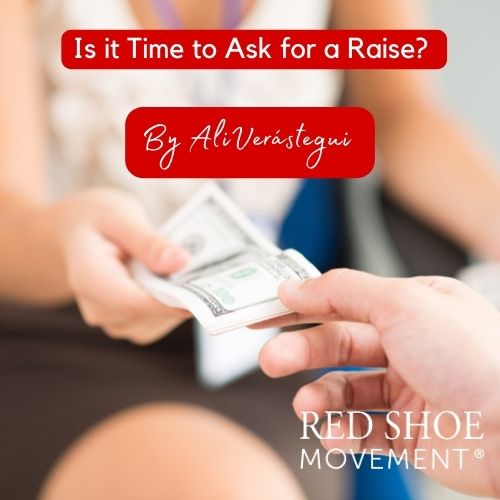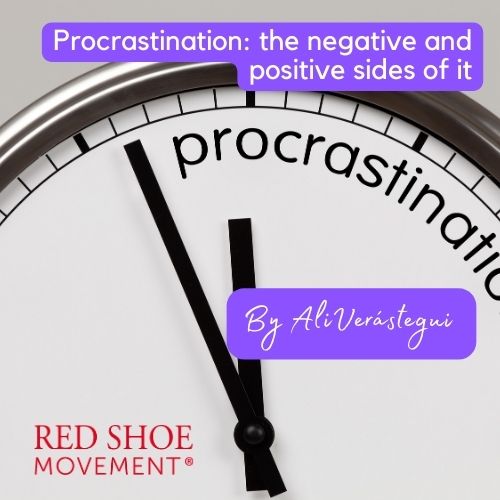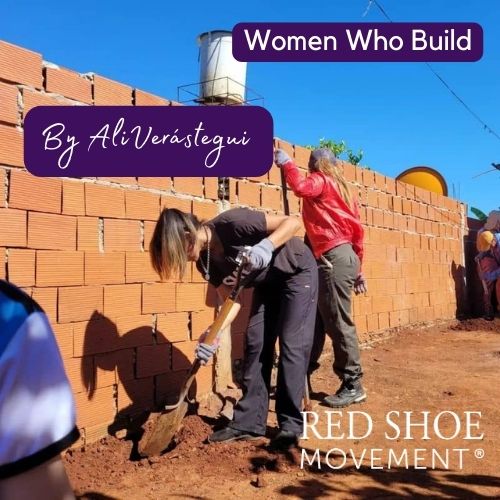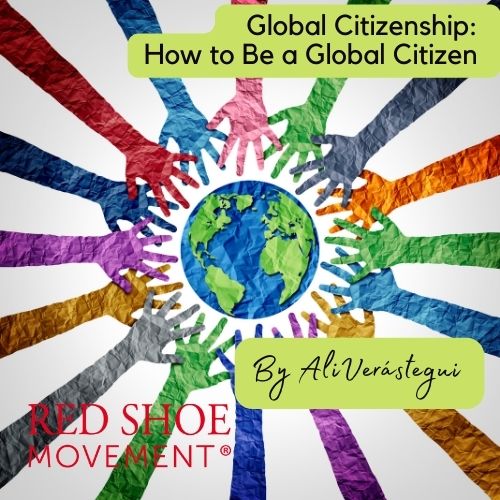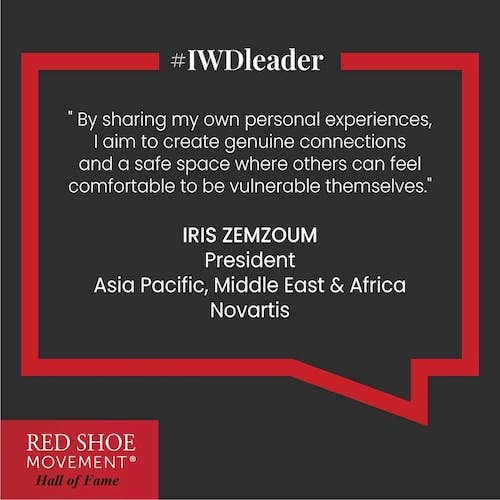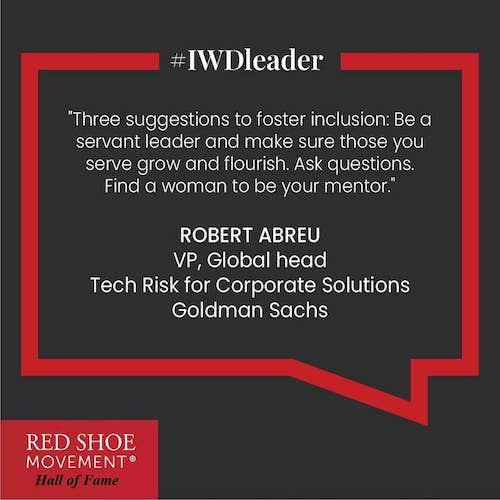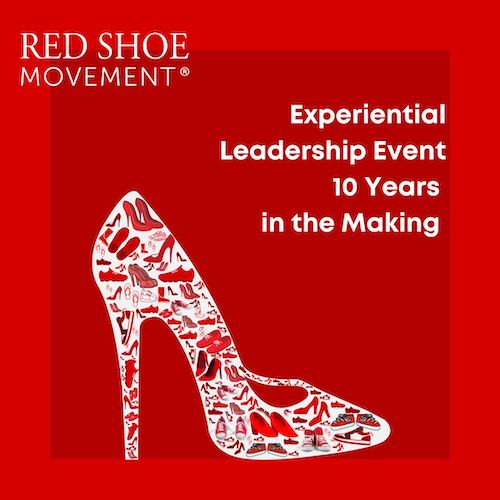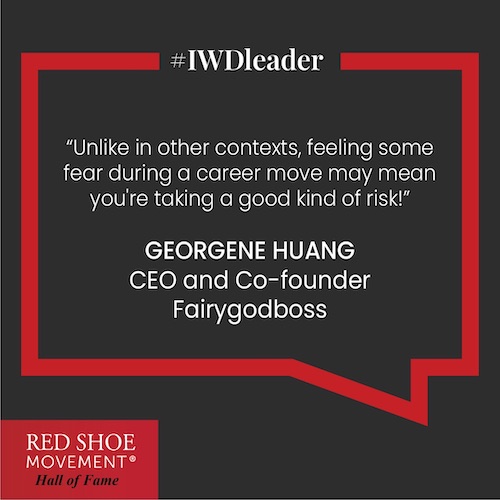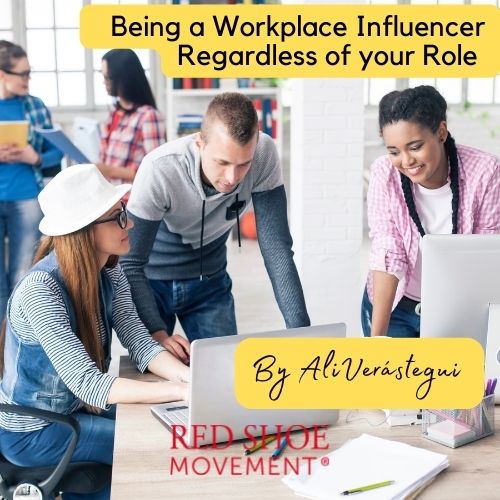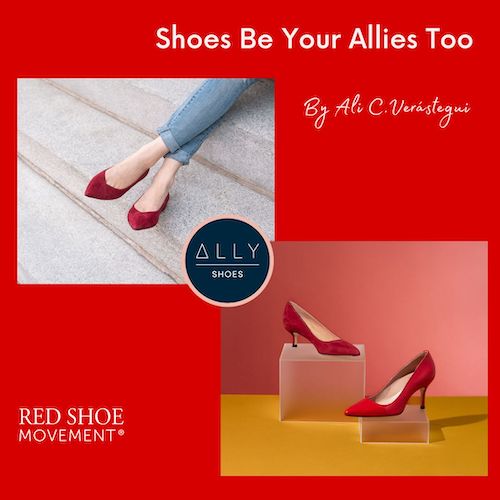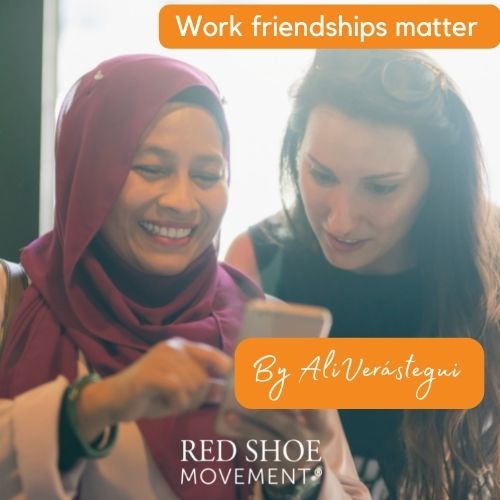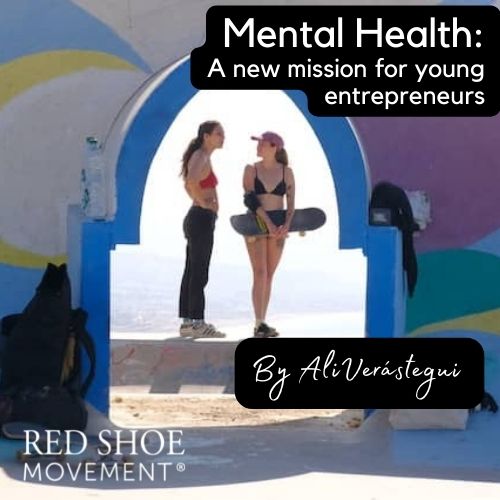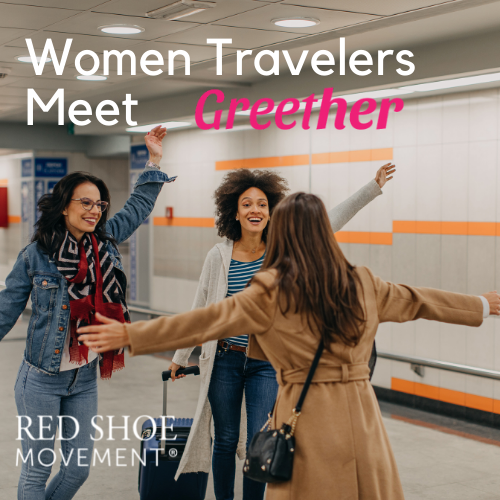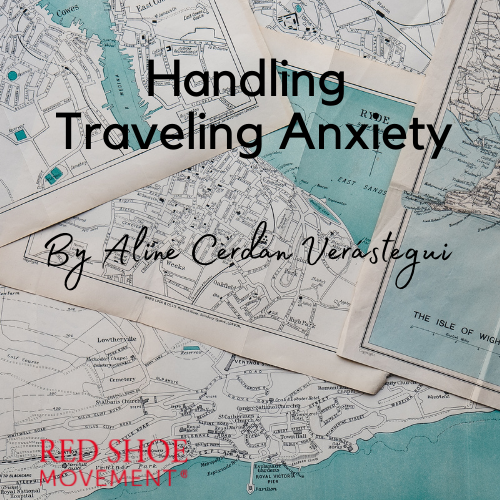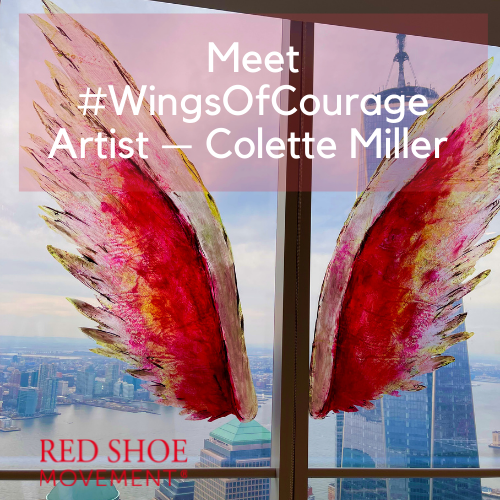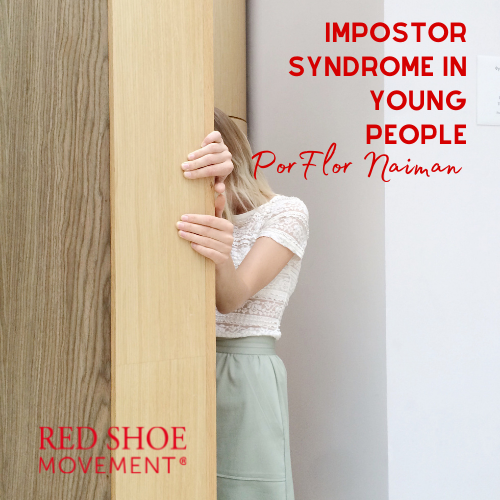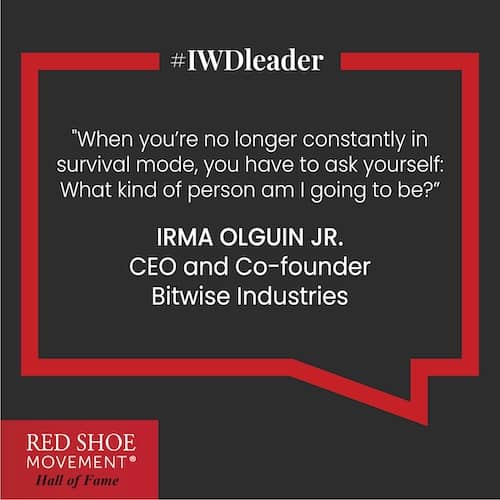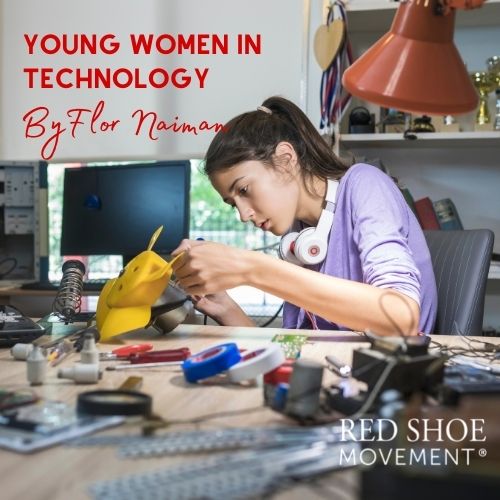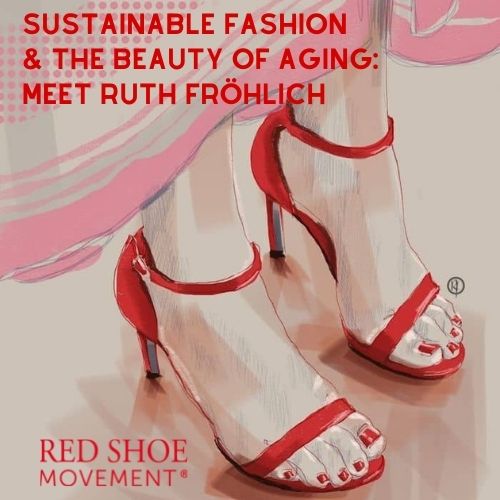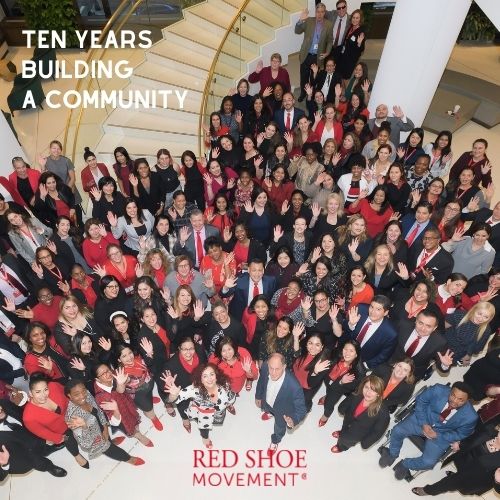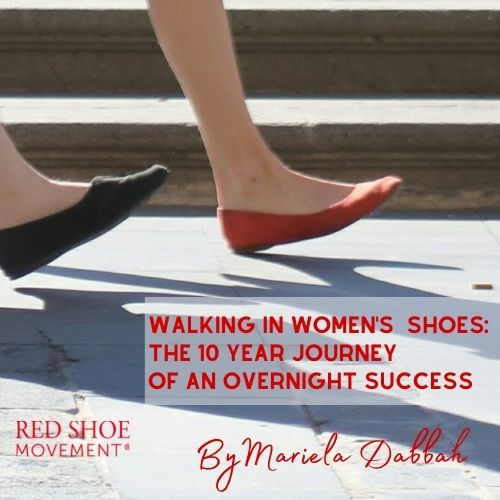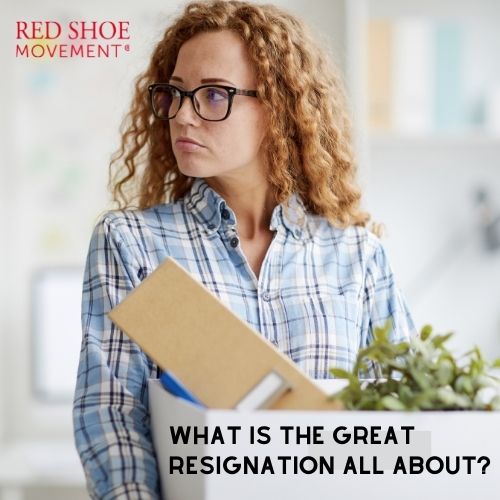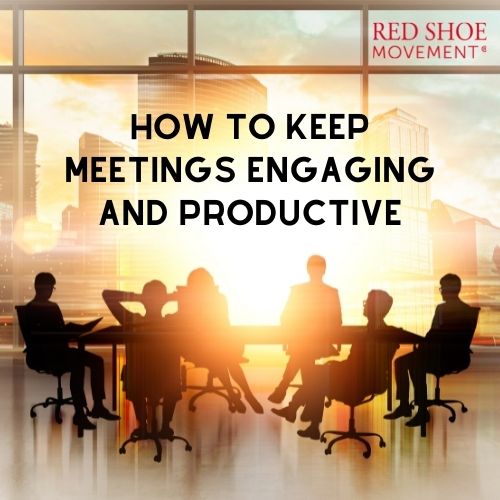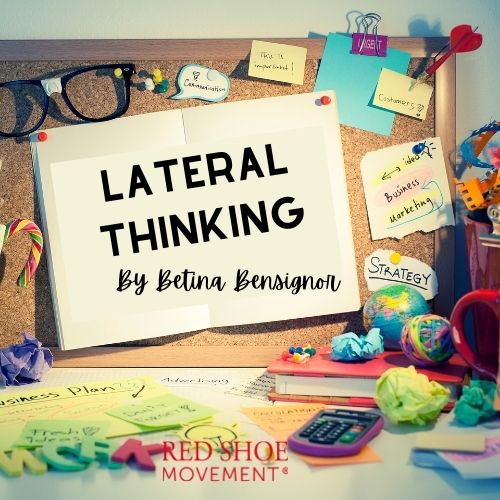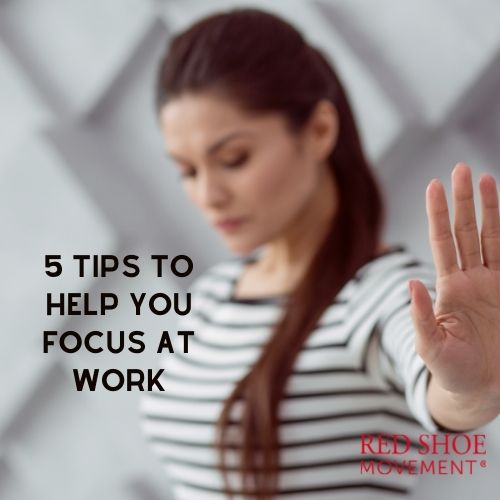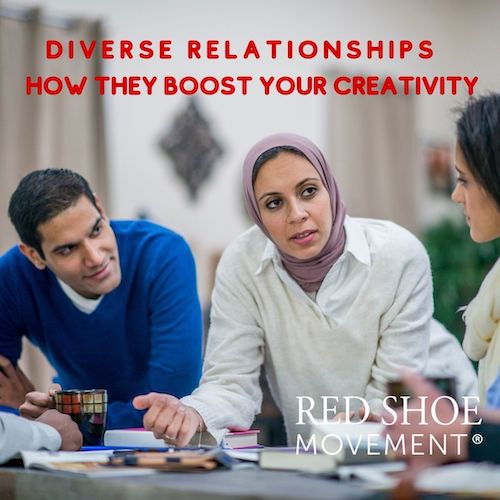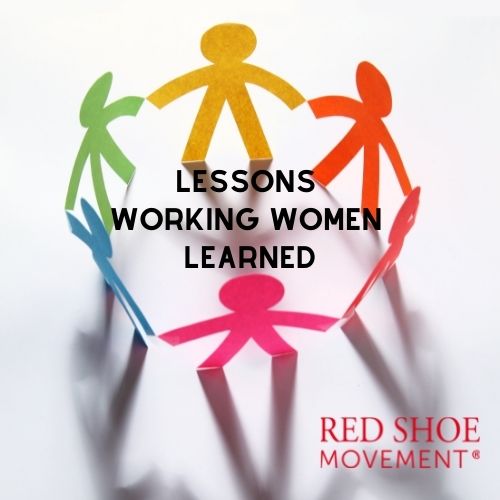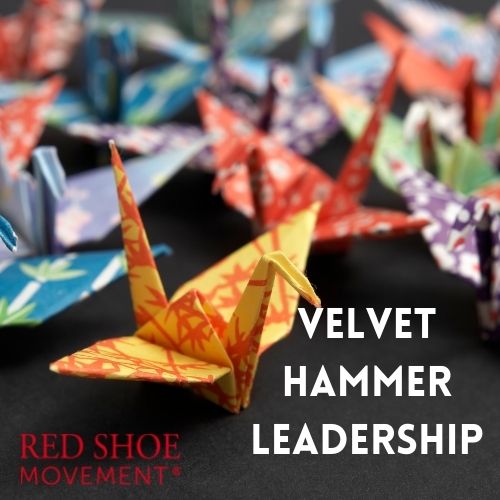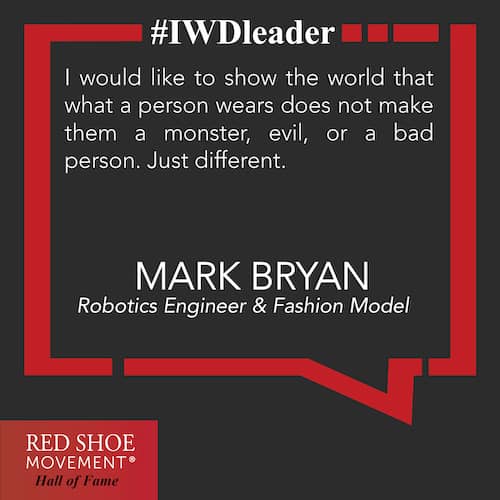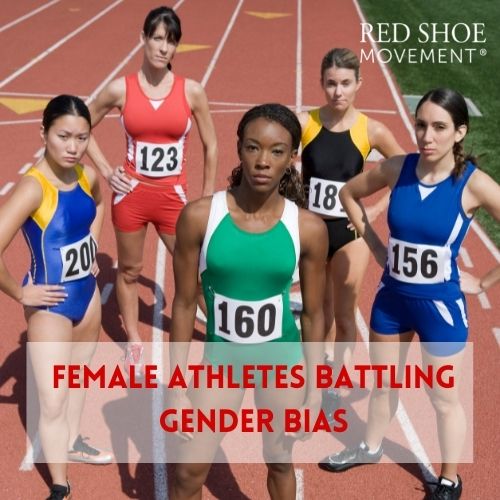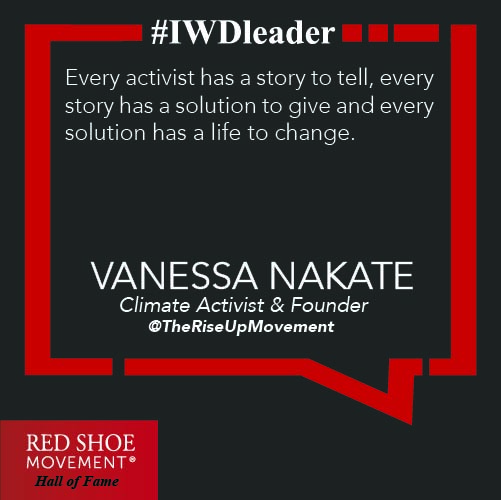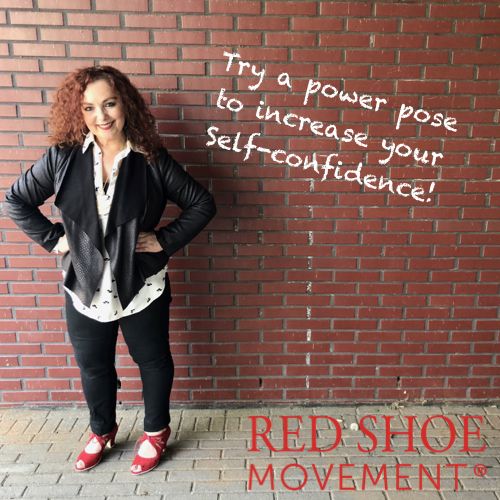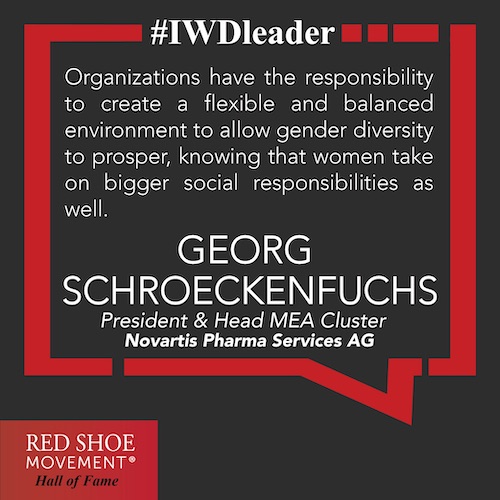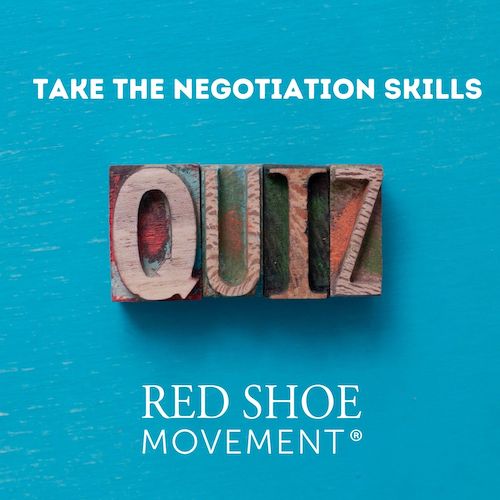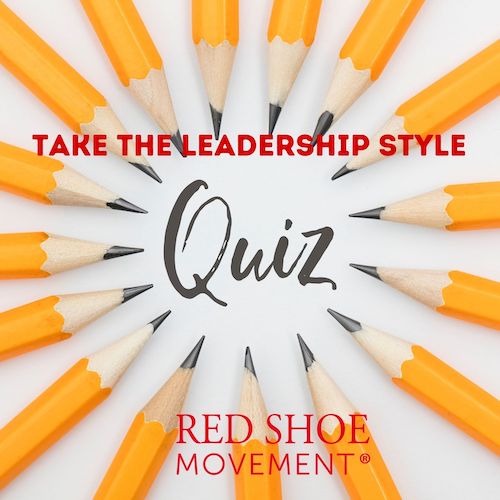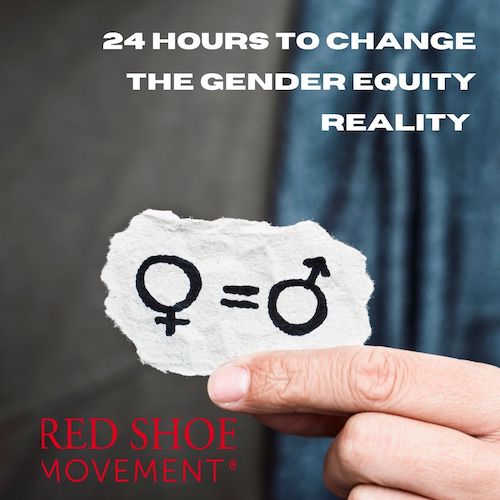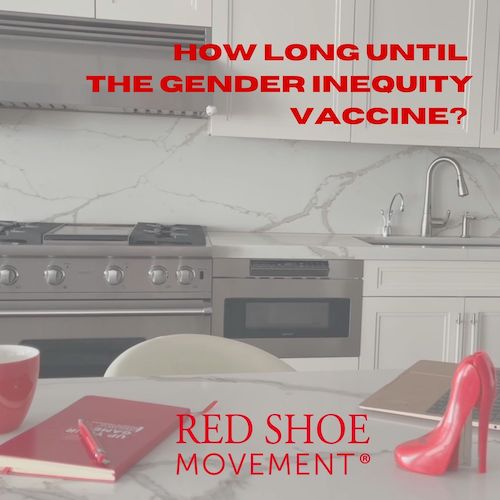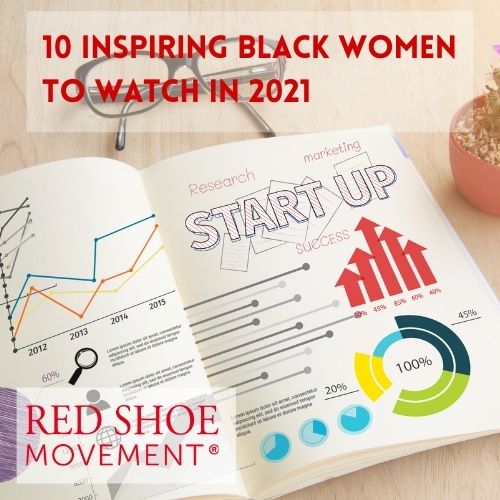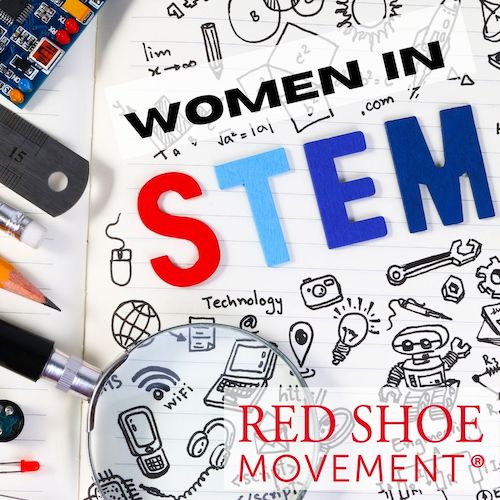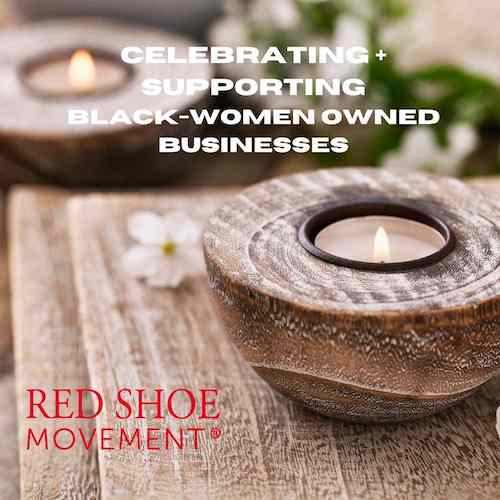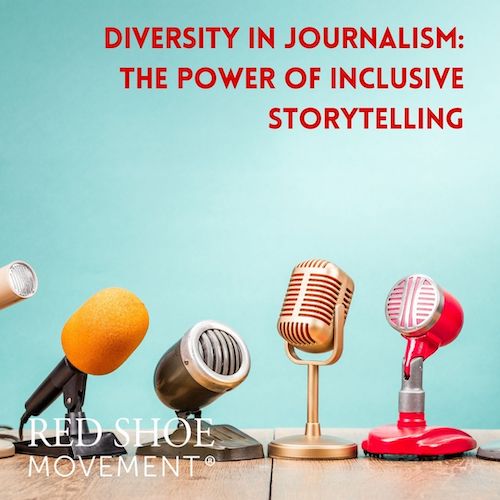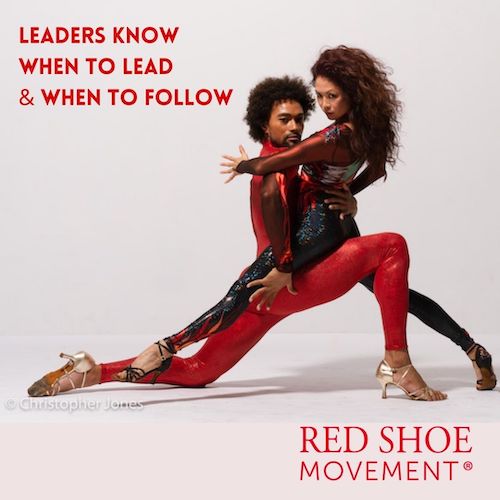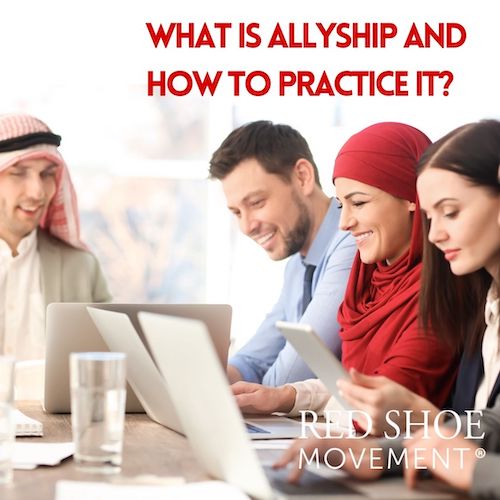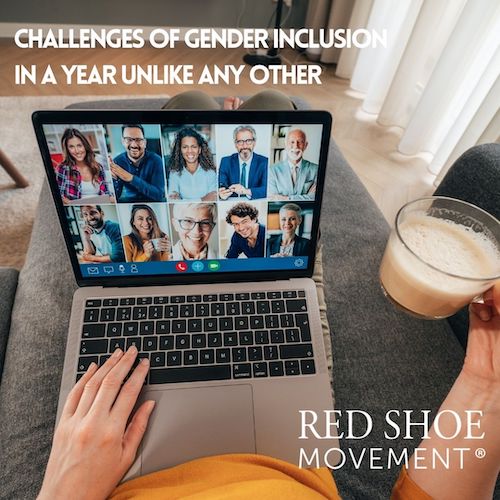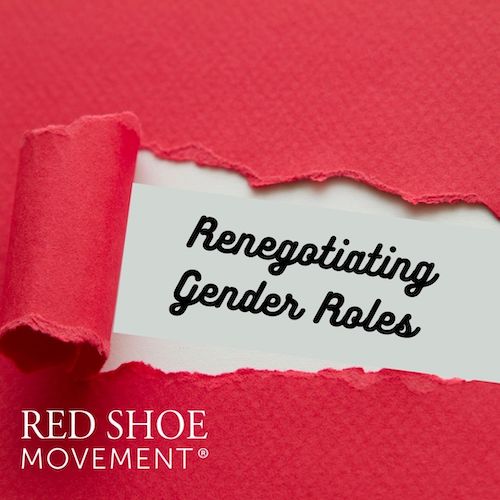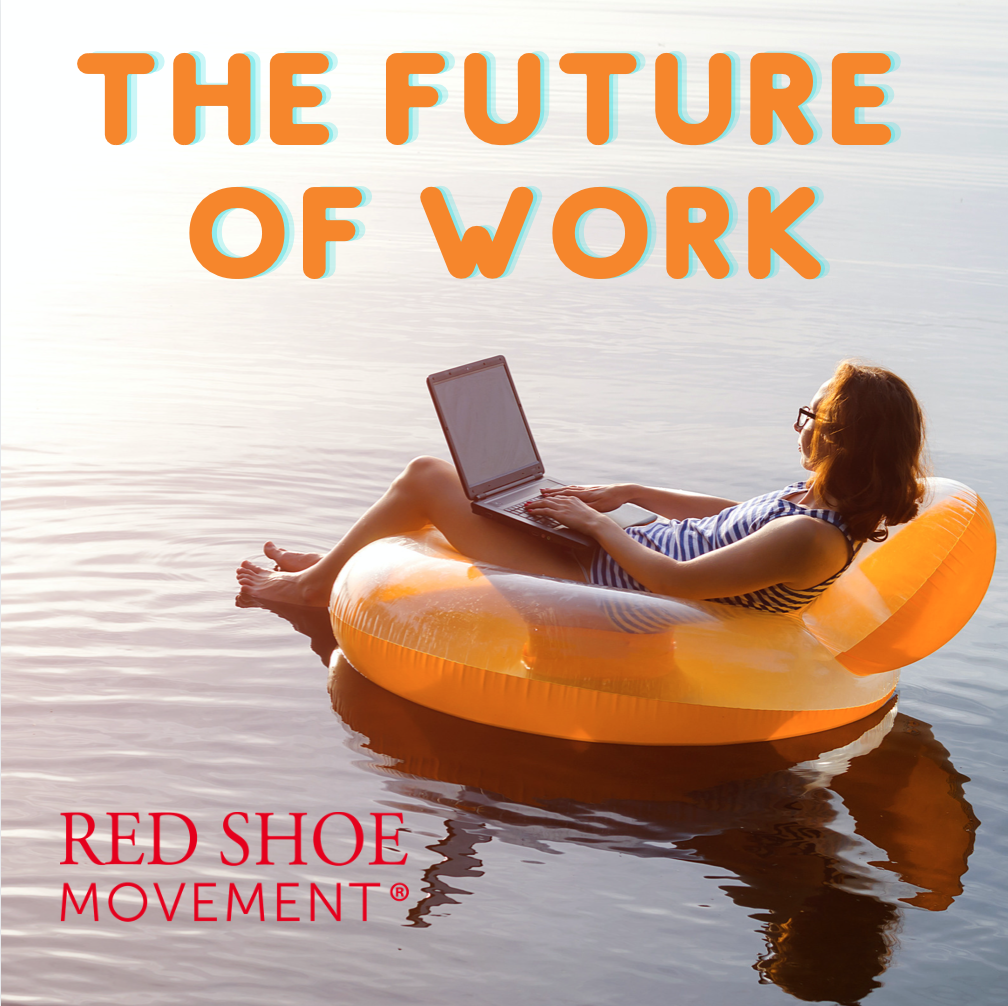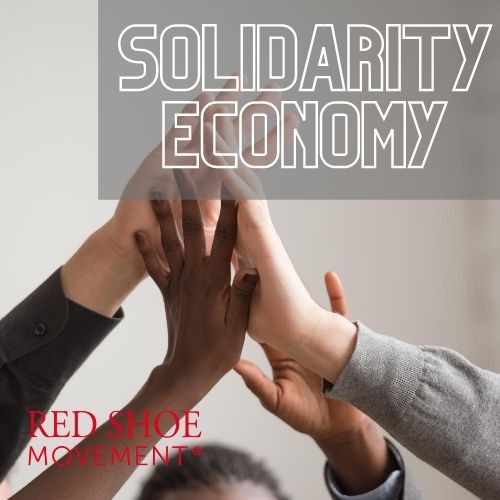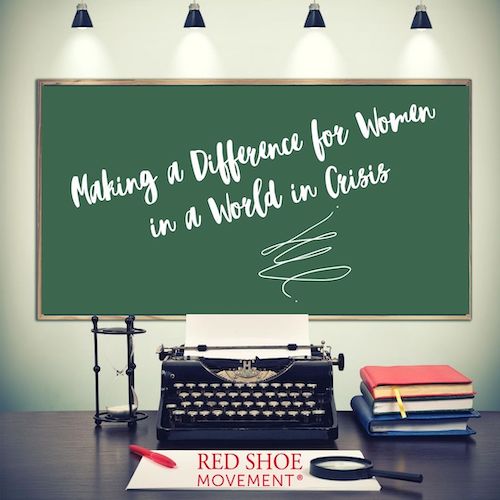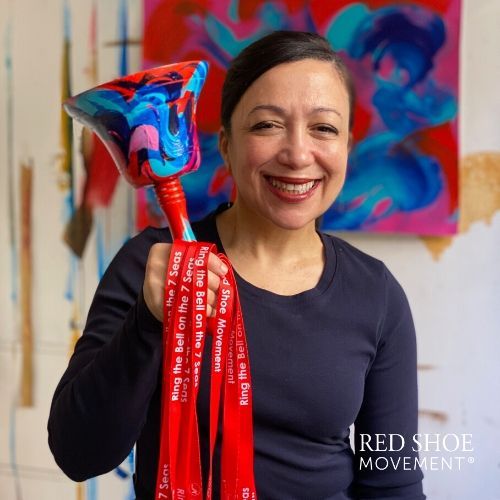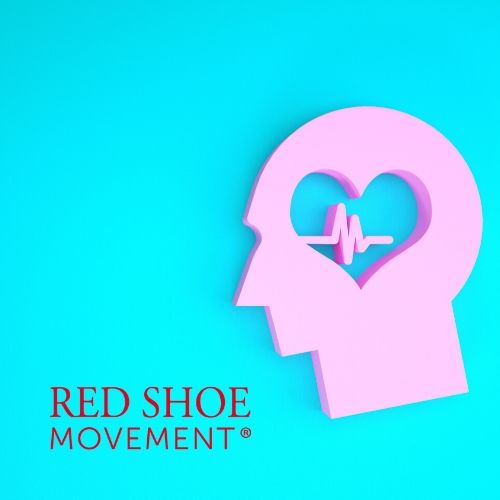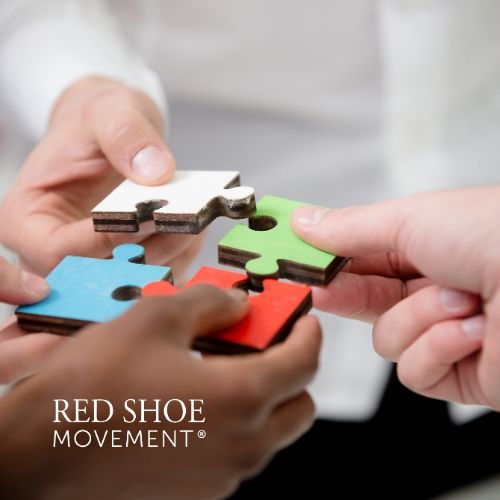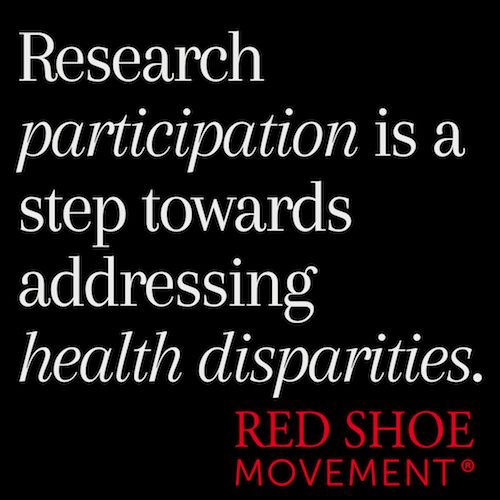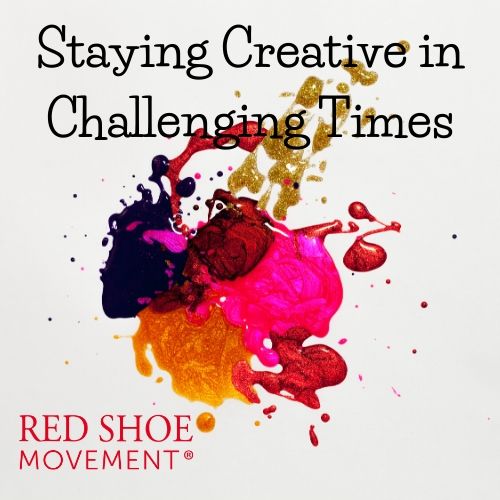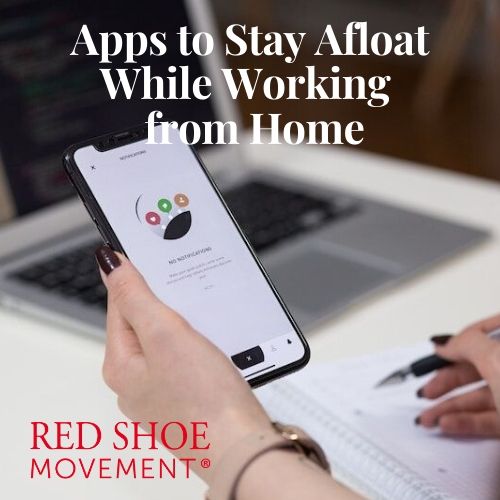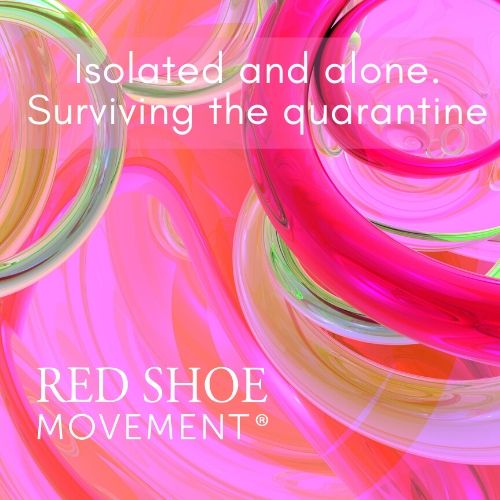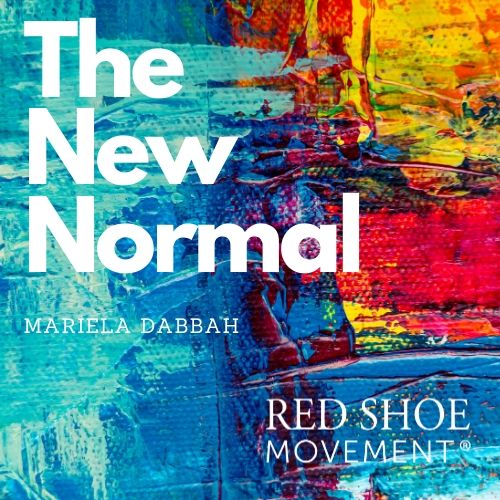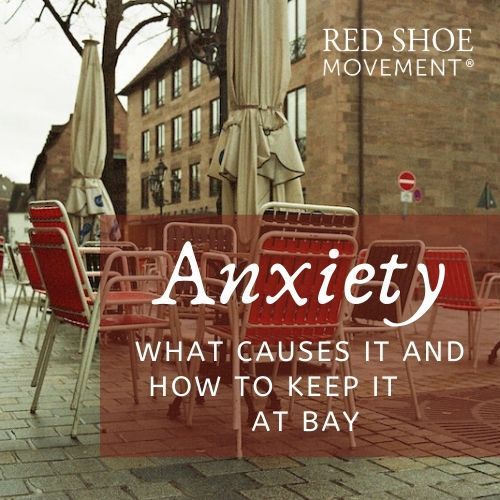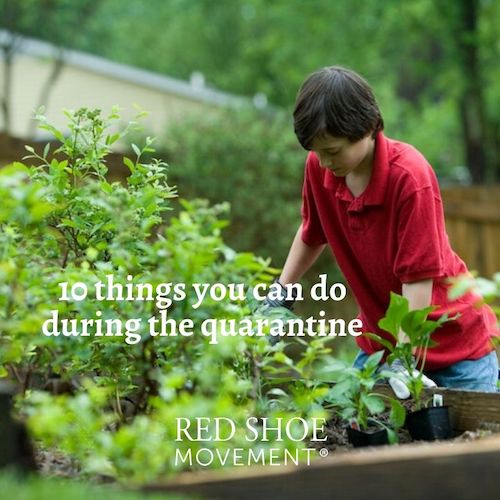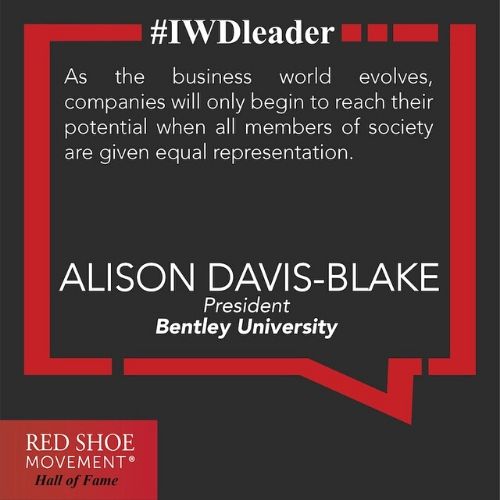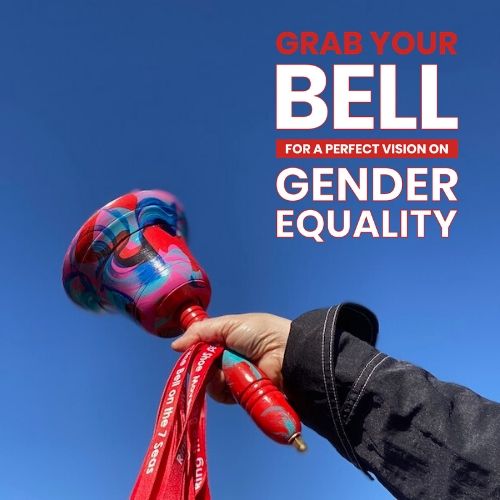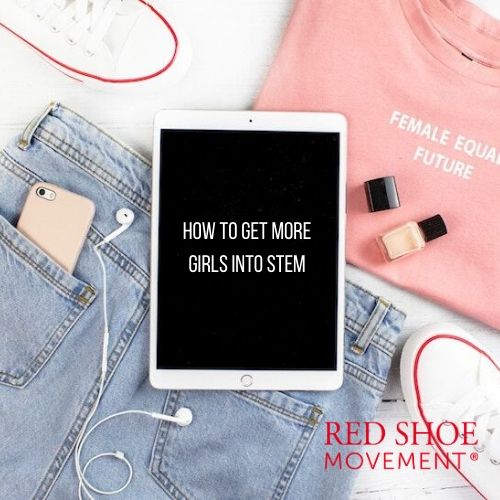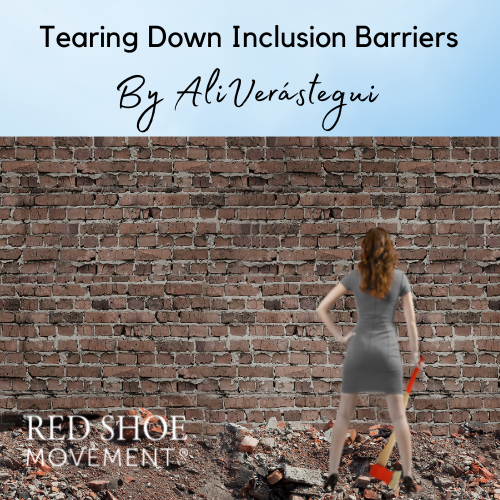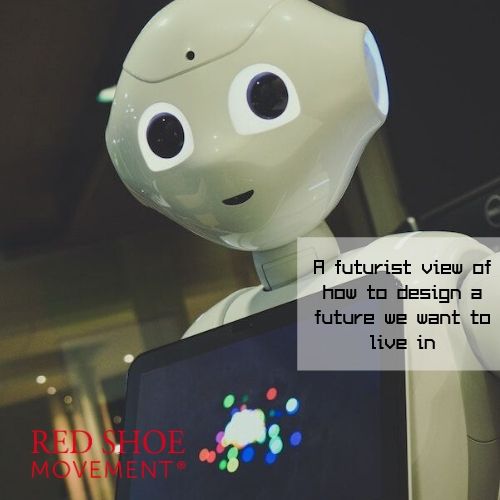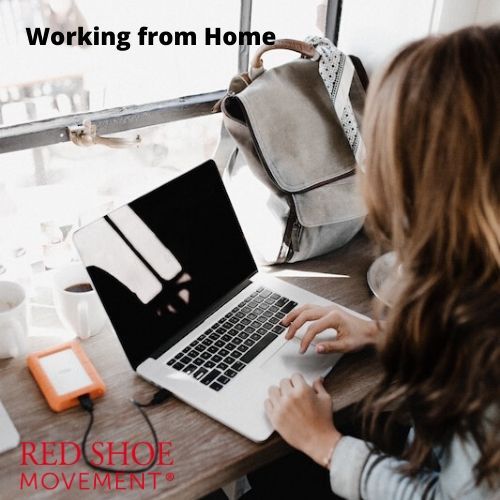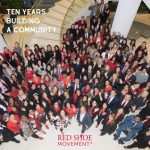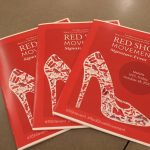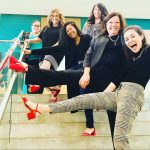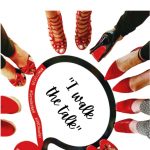After a full year of adjustments, it’s natural for us to want to know things we can expect in year two of the pandemic. There’s been a lot of adapting necessary and as rules for lockdowns and restrictions around the world change, many of us are wondering what “normal” will look like in 2021 and beyond. What new challenges will we face? What will stay the same in year two of the pandemic?
It’s hard to know for sure, but there are ways in which experts can predict what may be in store for us regarding tests, socializing, work and even the way we relate to each other online. If you want to know what those who know what they’re talking about are predicting, we put together a list of 5 things we can expect in year two of the pandemic.
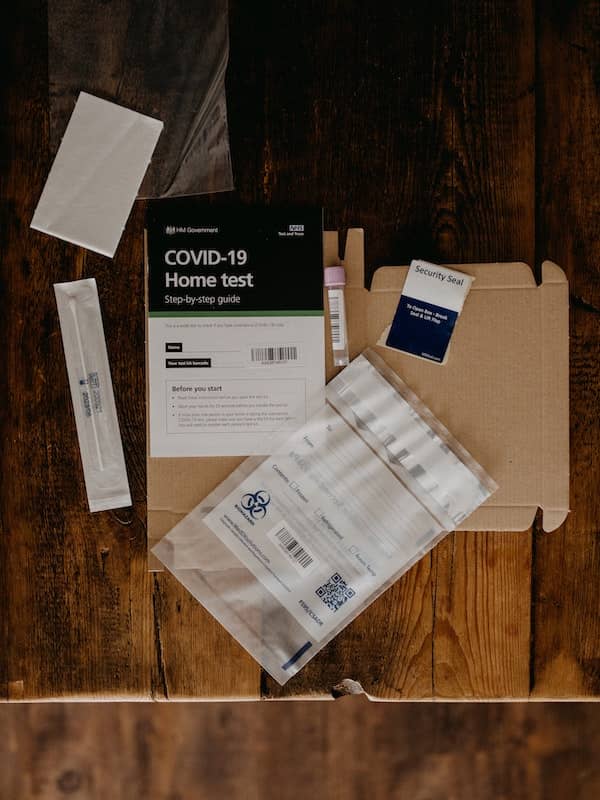
5 things we can expect in year two of the pandemic
1Cheap Quick Tests and Shorter Quarantines
Slavea Chankova, health care correspondent for The Economist, estimates that cheaper and quicker antigen tests will soon become available for everyone. This doesn’t mean we’ll get right back to hugs and a mask-less existence, but infections will be detected sooner than they have until now. With airports, schools and venues using them “routinely to screen for infections.”
Chankoya also says quarantines will be shorter, lasting one week instead of two. This has been implemented in Sweden and France and will hopefully encourage more people to follow the imposed restrictions. It could also lead to a more relaxed approach to socializing, with “simple principles for people to follow.” Like avoiding crowds and meeting in bigger spaces for a shorter time.
2Our Digital Lifestyle in Year Two of the Pandemic
The pandemic and spending all our time on lockdown have also had an effect on the way we relate to each other online. Through all our time at home, there’s been a need to connect, empathize and even help each other. Sherry Turkle, professor of the social studies of science and technology at MIT, thinks that the ways in which we’ve created communities will lead to a healthier digital lifestyle.
Turkle points out that we’ve created new ways to relate to each other. With people giving free concerts, offering their time up, teaching different classes and asking themselves how they can make a difference. This is different from simply disappearing into the web and, according to Turkle, it could be a powerful legacy. “This is a different life on the screen from disappearing into a video game or polishing one’s avatar. This is breaking open a medium with human generosity and empathy,” she says.
Diverse Relationships and How They Boost Our Creativity
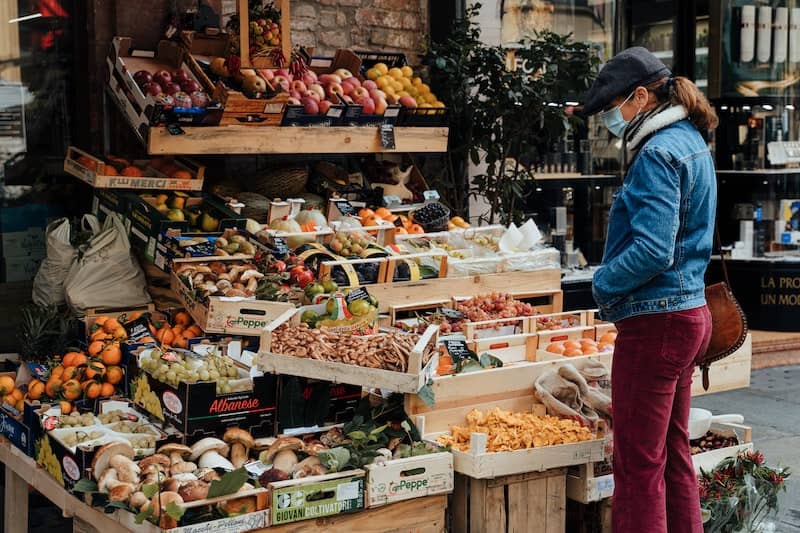
3Expect to Have Learned from Our Experience
With a bit of luck, the world has learned from this experience. Time will tell more clearly how the pandemic has affected different areas of life –and how we’ll deal with the new challenges we face. Science journalist Ed Yong from The Atlantic suggests that in year two of the Covid-19 pandemic, Americans face a choice. One between forgetting the weaknesses of an old normalcy that cost so much to so many or keeping them present and learning from them moving forward. Between falling into old mistakes or joining those who will never be able to forget the way Covid-19 has changed them.
Sylvie Briand of the World Health Organization says that some wealthier countries had a problem dealing with the pandemic because “most of them never had outbreaks.” This means that while they may have had the means to deal with the pandemic, they lacked the savvy of countries that have faced epidemics before and have a “cultural muscle memory of what to do.”
4Socializing in Year Two of the Pandemic
The arrival of the vaccines is definitely a light at the end of a very long tunnel. But while these are an important step in getting back to socializing, it’s important to remember that they’re not an immediate fix. Namandje Bumpus, director of the Department of Pharmacology and Molecular Sciences at Johns Hopkins University, says that while it does get us closer, it won’t happen instantly. “We’re going to have to continue to be diligent the way that we have been.”
Masks, handwashing and avoiding big groups will still be the norm when it comes to socializing. Since scientists are still trying to figure out how the vaccines will affect transmission, observing social distance and taking measures will still be vital on year two of the pandemic. The goal, says Joshua Barocas of the Boston Medical Center, is not to absolutely avoid gatherings but to “continue to do the things that we know lower your risk as best as you possibly can.”
Five Things About the Future of Work and How it Will Affects Us
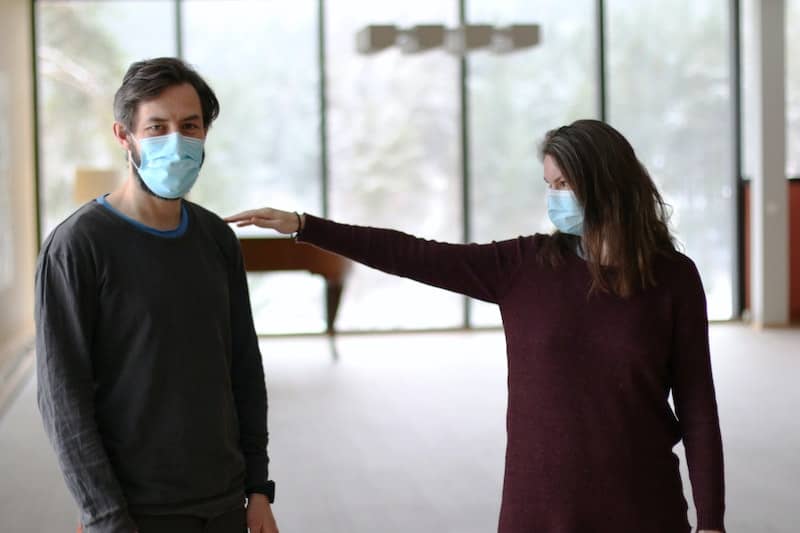
5Will We Get Back to Normal in Year Two of the Pandemic?
While some people think in terms of before and after being vaccinated, Sigal Samuel suggests achieving “normalcy” will be more of a tree-stage process. The first stage will involve socializing safely with vaccinated family and close friends; stage two will happen when herd immunity is reached in our cities and states; finally, stage three –which most likely won’t be reached in 2021– will happen when herd immunity is reached internationally.
Dr. Anthony Fauci, director of the National Institute of Allergy and Infectious Diseases, estimates that the US could reach herd immunity by mid-fall, when 75 to 85 percent of the population is vaccinated. If the vaccines do affect transmission, tourism could return at this stage for travelers with proof of vaccination. Until then, everyone should continue to wear masks and observe social distancing to make sure that this can happen faster for everyone.
Challenges of Gender Inclusion in a Year Unlike Any Other



